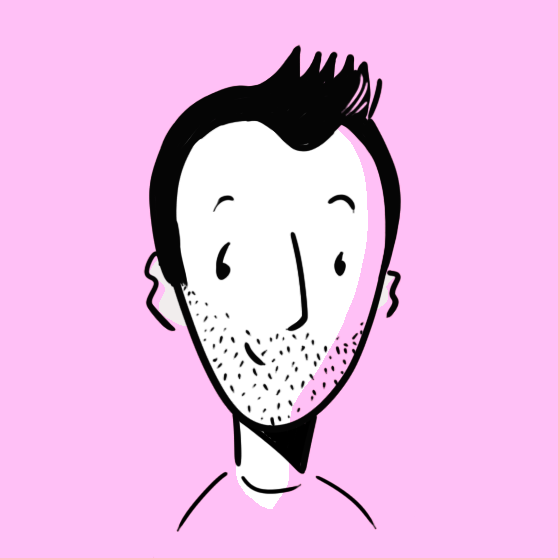Am I producing ‘art’ when I’m illustrating a picture book? Well, it depends on how and, more importantly, when you look at it.
I’m slowly starting to come to understand the purpose of art in my life. And if you’ve read almost any other journal article I’ve written over the last couple of years, you’ll see that, for me, the purpose of my art practice is to help me answer questions. Queen Celine explored what happens when you block the free movement of people – who wins and who loses? Eric helped me explore what it would take if you were driven enough to live the life you wanted to live, even if society put up all the roadblocks to stop you. I’m working on stories now that try to answer questions like what value does anxiety play for survival, or what if there’s a way to see ourselves intrinsically linked to nature and not separate from it?
Picture books are a funny medium because, for me, these stories (and books) begin as art in the truest sense. Eric, Queen Celine, and the other characters and worlds I’ve invented are stages where I can play out scenarios that are bothering me or that I’m curious about. The act of drawing and writing these things help me work out what I really think. As isolated thought experiments, they really do work. But then, a publisher comes along and wants to share it.
It’s at the point of sharing it, that moment of the ‘contract’ and ‘the publishing deal’ where the art is replaced with something else; I suspect it becomes about ‘design.’ The need to consider the experience of the reader (or many readers, hopefully) and ensuring you’re communicating a clear and concise message. During the creation of art, the audience is of one – the artist. But as soon as that message needs to scale, and commercial collaborators are interested in a profit, the audience changes. Now, in the context of a publishing deal, even though that original thought experiment may have answered my question or helped me clarify what I think, the priority is the reader, not the artist. So, naturally, things need tweaking.
This transition from art to design isn’t a bad thing, in fact, it’s 100% necessary if I want my question presented to a broader audience. The editors I’ve worked with over the years have been critical in taking the tangle from out of my head and straightening it out on a page for others to consume. My way isn’t the only way to answer or explore a question, so getting someone else’s take is critical in the process of further refining what I feel and think about a problem. The act of book-making helps me answer a different question – How else could I explore the answer to these questions that I have.
I think it’s possible to get a little too wrapped up and emotional about a book if things start to feel as though they’re diluting the original intent, or, “I’m just rolling it out.” Understanding the subtle transition from art to design means that I can be sure I’m still maintaining a healthy art practice, and getting to the bottom of the questions that I seek to answer, whilst still telling a story that makes those answers a little more accessible to a larger audience.
